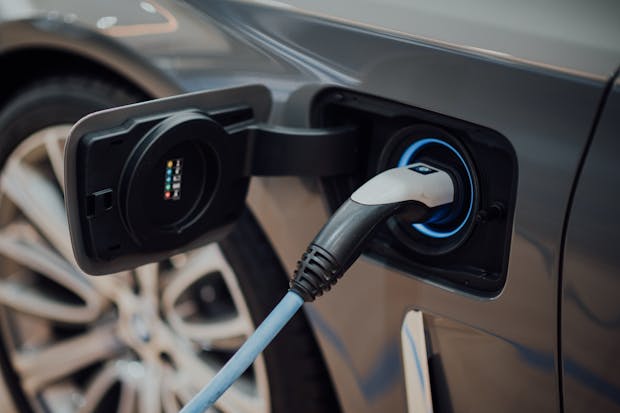Rivian and Tesla tank on the market

Rivian and Tesla tank on the market
it wasn’t that long ago that Tesla was grabbing the headlines across the investing world as the first automaker ever to hit a trillion dollar market cap. but as of December 20, it had already lost over $100 billion from that valuation to hover around the $900 billion mark. it wasn’t the only one, as electric vehicle makers all got put on ice by the markets on the day.
one of the rivals hot on its heels, Rivian, was down nearly 8%, Nio was down just over 6%, and EVGgo, which doesn’t make cars but components for them, was down slightly over 5%.
the reason behind it? the omicron variant of the Covid-19 virus. how did it manage to put a spanner in the works?
supply chain
the single biggest concern for automakers over the past year and a half has been the availability of components, particularly semiconductor chips, whose supply has become scarce since the onset of the pandemic. not only have lockdowns and other measures in the major manufacturing nations such as China and Taiwan reduced the numbers being produced, shipping them halfway across the world has become much more expensive as well. this is because of congestion and logjams at shipping bottlenecks (remember Ever Given and the Suez Canal?). this has resulted in ships getting stranded for days on end at ports due to a shortage of personnel to load and unload goods.
now with the surge in infections in Europe and the US due to the new variant, there is immense investor concern that the issues may get further exacerbated.
stuck in second gear
for Rivian, in particular, the situation is starting to translate into numbers on its financial reports. unlike Tesla, which is churning out record numbers of vehicles, its latest report indicated that it had rolled out only about 650 vehicles this year against its target of 1,200. production estimates for 2021 have also been revised downwards. further, the recently IPO’d company’s losses are widening. with only $1 million in revenue for the nine months ended Sept. 30, 2021, Rivian made a net loss of $2.23 billion for the period. it is, however, making a $5 billion investment in a second manufacturing plant in Georgia which is expected to triple its production capacity to 600,000 units per year.
while investor concerns in the short term are justified, the long term transition to EVs remains on track. as long as the omicron variant doesn’t cause another breakdown of the global supply chain, as the initial outbreak of the pandemic did, there is a good chance that EV makers will see a rebound.



